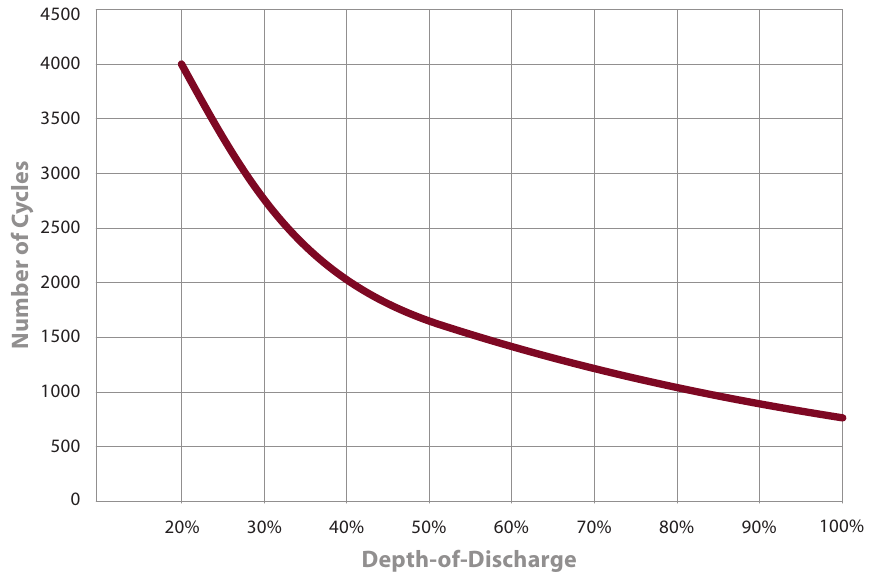Some may already know me even if I'm new on this form.
I had a discussion about my Solar BMS now (Open Source Solar BMS dev board).
I made a youtube video just uploaded today about the cost benefit in using LiFePO4 vs the old and very common Lead Acid.
The video was mostly to show that Lead Acid is a much more expensive option but also talk about the other benefits of LiFePO4.
I was even quite generous with Lead Acid that was why is only 2x more expensive than LiFePO4 if I have included all the other parameters things will have been much worse and in real life I expect Lead Acid to be at least 3 to 5x more expensive over the life time of the battery when compared to LiFePO4.
Of course I'm not the only one to notice this in fact there are people, organizations, and companies that knew this for quite some time over 10 years.
Problem is the DIY community that is a bit slow to change. I hope that this video will alt least make some people read more and get informed about this.
Here is the video
I know some of you have slow and limited access to Internet so I will post here a small jpg of the calculation.

A123 Systems LiFePO4
Trojan L16RE Lead Acid
Then here are some independent laboratory tests done on different LiFePO4 and a VRLA(Valve Regulated Lead Acid) you can see LiFePO4 with just 10% DOD can last for 30000 to 40000 cycles and still retain over 85% of the initial capacity and how the Lead Acid performance is significantly worse around 5 to 10x
LiFePO4 lab test
And here you can read a report presented back in 2007 at International Renewable Energy Storage conference regarding the use of Lithium for energy storage.
Lithium for energy storage
I had a discussion about my Solar BMS now (Open Source Solar BMS dev board).
I made a youtube video just uploaded today about the cost benefit in using LiFePO4 vs the old and very common Lead Acid.
The video was mostly to show that Lead Acid is a much more expensive option but also talk about the other benefits of LiFePO4.
I was even quite generous with Lead Acid that was why is only 2x more expensive than LiFePO4 if I have included all the other parameters things will have been much worse and in real life I expect Lead Acid to be at least 3 to 5x more expensive over the life time of the battery when compared to LiFePO4.
Of course I'm not the only one to notice this in fact there are people, organizations, and companies that knew this for quite some time over 10 years.
Problem is the DIY community that is a bit slow to change. I hope that this video will alt least make some people read more and get informed about this.
Here is the video
I know some of you have slow and limited access to Internet so I will post here a small jpg of the calculation.

A123 Systems LiFePO4
Trojan L16RE Lead Acid
Then here are some independent laboratory tests done on different LiFePO4 and a VRLA(Valve Regulated Lead Acid) you can see LiFePO4 with just 10% DOD can last for 30000 to 40000 cycles and still retain over 85% of the initial capacity and how the Lead Acid performance is significantly worse around 5 to 10x
LiFePO4 lab test
And here you can read a report presented back in 2007 at International Renewable Energy Storage conference regarding the use of Lithium for energy storage.
Lithium for energy storage


Comment